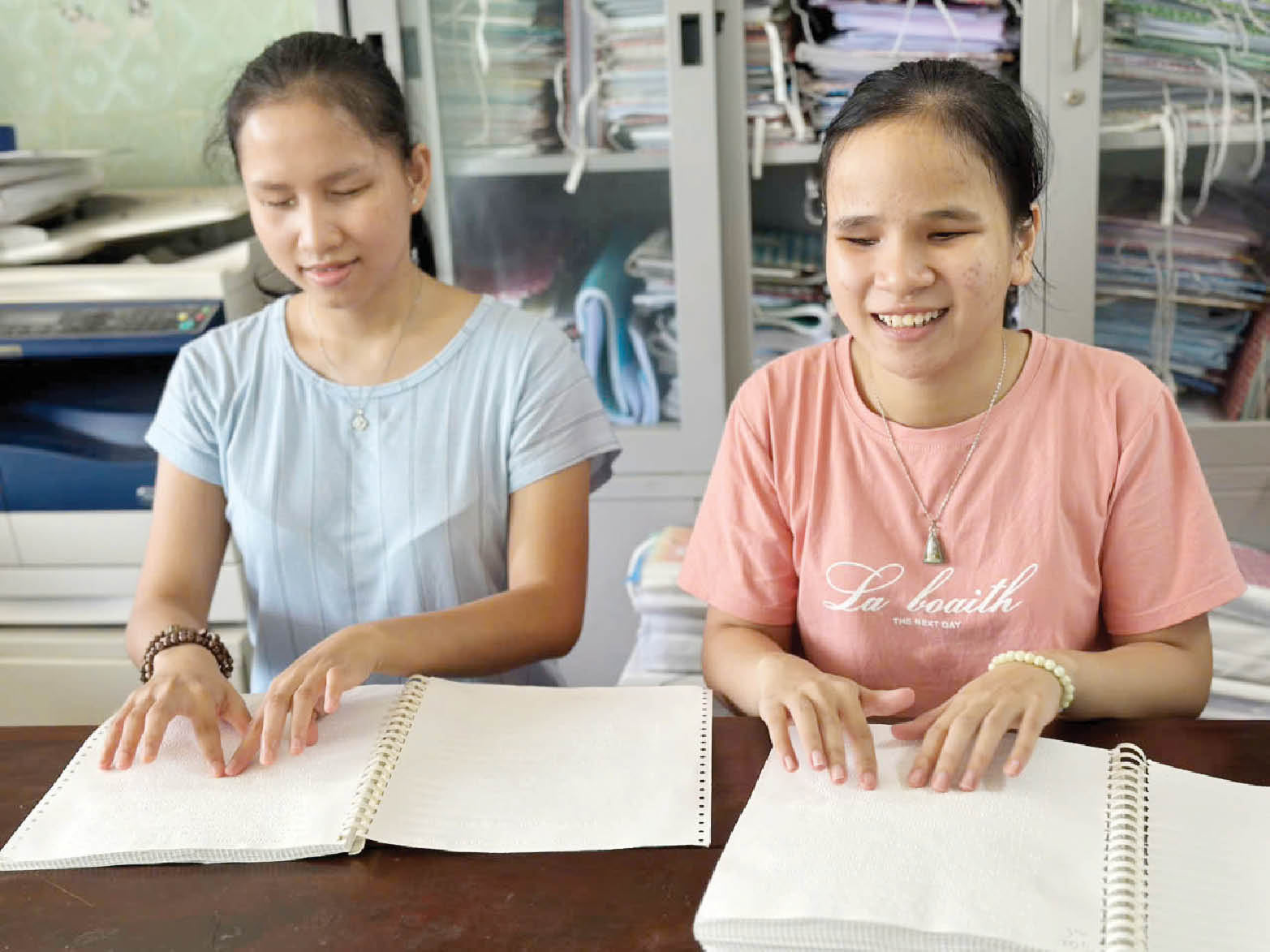 |
| Spreading reading culture for the blind towards inclusion and equality |
“Light” from reading culture
In the quiet space of the library, Thu Ngan (17 years old, a blind student at the Hue City Blind Children Education and Career Guidance Center) quietly ran her hand over the tiny Braille letters spread evenly on each thick and slightly rough page. “I often go to the library to read books. Thanks to that, I feel like I have more knowledge, communicate better and express my thoughts more clearly,” Ngan shared.
Mr. Vu Van Tuan, Head of the Blind Children Education and Career Guidance Center, Vice President of the City Blind Association, said: “The Center has a Braille library for the visually impaired with textbooks, science books, fairy tales, literature books, and the New Life Magazine - the voice of the Vietnam Blind Association. In recent years, technology has become a powerful tool to help the visually impaired access reading culture more easily. Some assistive devices, text-to-speech software, smartphones with screen readers, etc. are helping the visually impaired read more types of books than ever before.”
Audiobooks are now a very useful tool for the visually impaired because of their easy accessibility, simple operation, convenience of listening anywhere, anytime, and many people can sit and listen to the book together. Another plus point is that audiobooks have an expressive voice, with simulated sounds such as wind, rain... making the reading experience more attractive.
Huong Duong Talking Book Library is a familiar talking book channel for the blind. This electronic library has provided thousands of free books with diverse genres from textbooks, life skills books, science books to literary novels... The appearance of talking book channels like Huong Duong Library has met a large part of the reading needs of the blind. Not only improving the knowledge of listeners, but letting blind children listen to talking books from an early age will help them avoid the risk of autism and self-isolation.
Blind people are still "thirsty for books"
However, not everyone is as lucky as Ngan when the library at the Center has many books for the blind. Currently, there are still many blind people, especially in remote areas or the elderly, who do not have access to suitable reading materials.
“Due to limitations in using technology, older blind people do not have much access to audiobooks and still maintain the habit of listening to the radio to follow the news. For young people, despite the advantage of good access and quick response to technology, the reading library still has many limitations due to copyright issues and high fees for listening to books. Along with that, the cost of producing Braille books for the blind is also quite high, and copyright issues make it impossible to convert all existing knowledge into Braille,” added Mr. Tuan.
According to the World Blind Union, less than 1% of books in developing countries are converted into accessible formats such as Braille, audiobooks, etc. In Vietnam, the number of published books with versions for the blind is still very modest.
To solve the "thirst for books" of the blind, there needs to be synchronous coordination between functional agencies, social organizations and the community. In particular, the publishing industry needs to promote the production of audiobooks and e-books with integrated screen reading technology, expand the parallel publication of Braille books in libraries and schools; develop more platforms to provide free audiobooks specifically for the blind. Establish small communities to support each other in spreading the reading culture such as sharing and exchanging books, supporting each other in accessing technology, listening to the thoughts and reading needs of the blind.
Source: https://huengaynay.vn/van-hoa-nghe-thuat/lan-toa-van-hoa-doc-cho-nguoi-khiem-thi-157485.html





![[Photo] Prime Minister Pham Minh Chinh chairs meeting to deploy overcoming consequences of storm No. 10](https://vphoto.vietnam.vn/thumb/1200x675/vietnam/resource/IMAGE/2025/10/3/544f420dcc844463898fcbef46247d16)

![[Photo] Students of Binh Minh Primary School enjoy the full moon festival, receiving the joys of childhood](https://vphoto.vietnam.vn/thumb/1200x675/vietnam/resource/IMAGE/2025/10/3/8cf8abef22fe4471be400a818912cb85)


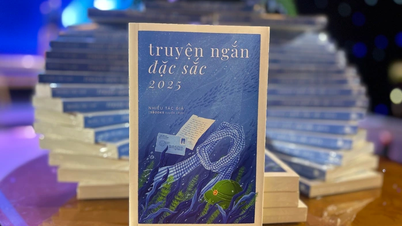




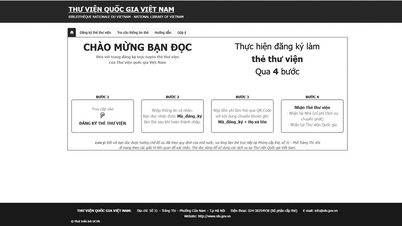






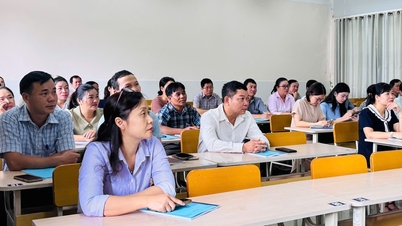


![G-DRAGON 2025 WORLD TOUR [Übermensch]](https://vphoto.vietnam.vn/thumb/402x226/vietnam/resource/IMAGE/2025/10/3/0dec353013874c2ead28385a8c4ccf55)
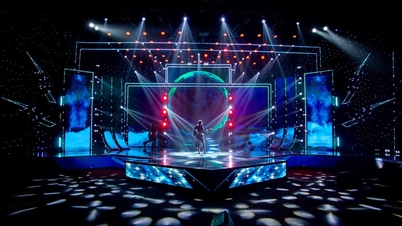





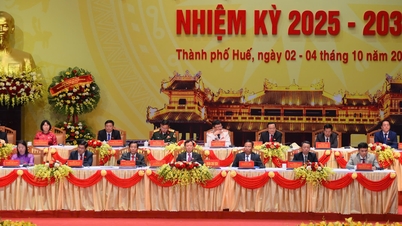

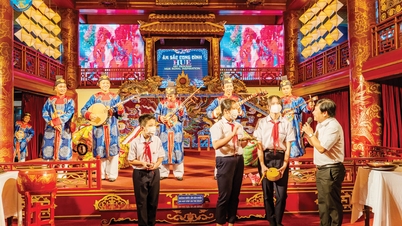
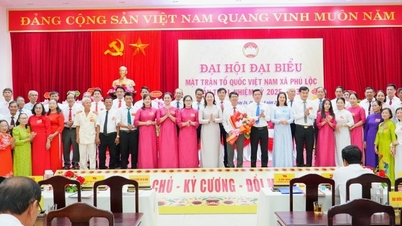
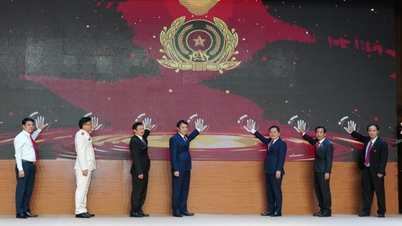
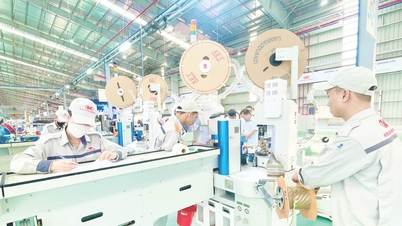










































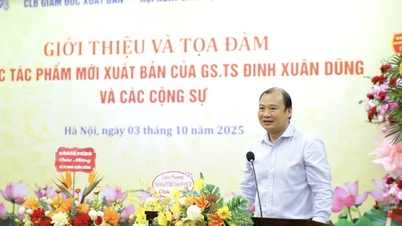



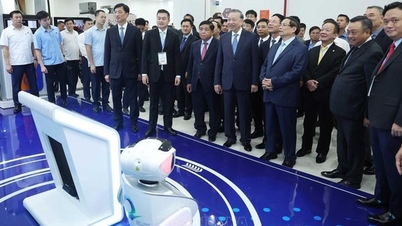


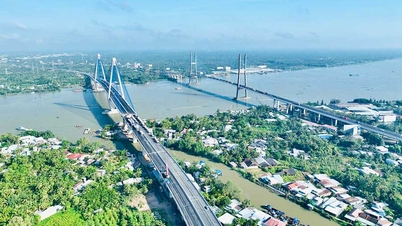
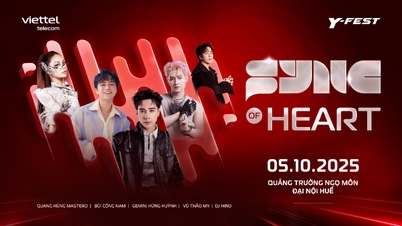
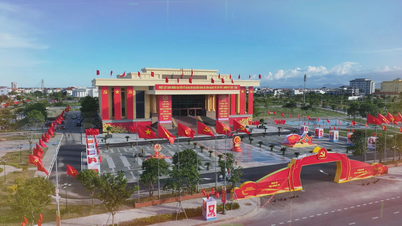
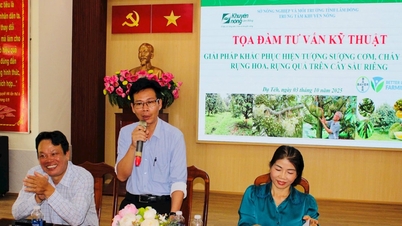

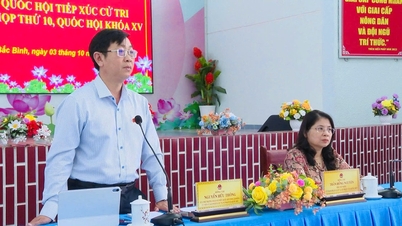













Comment (0)